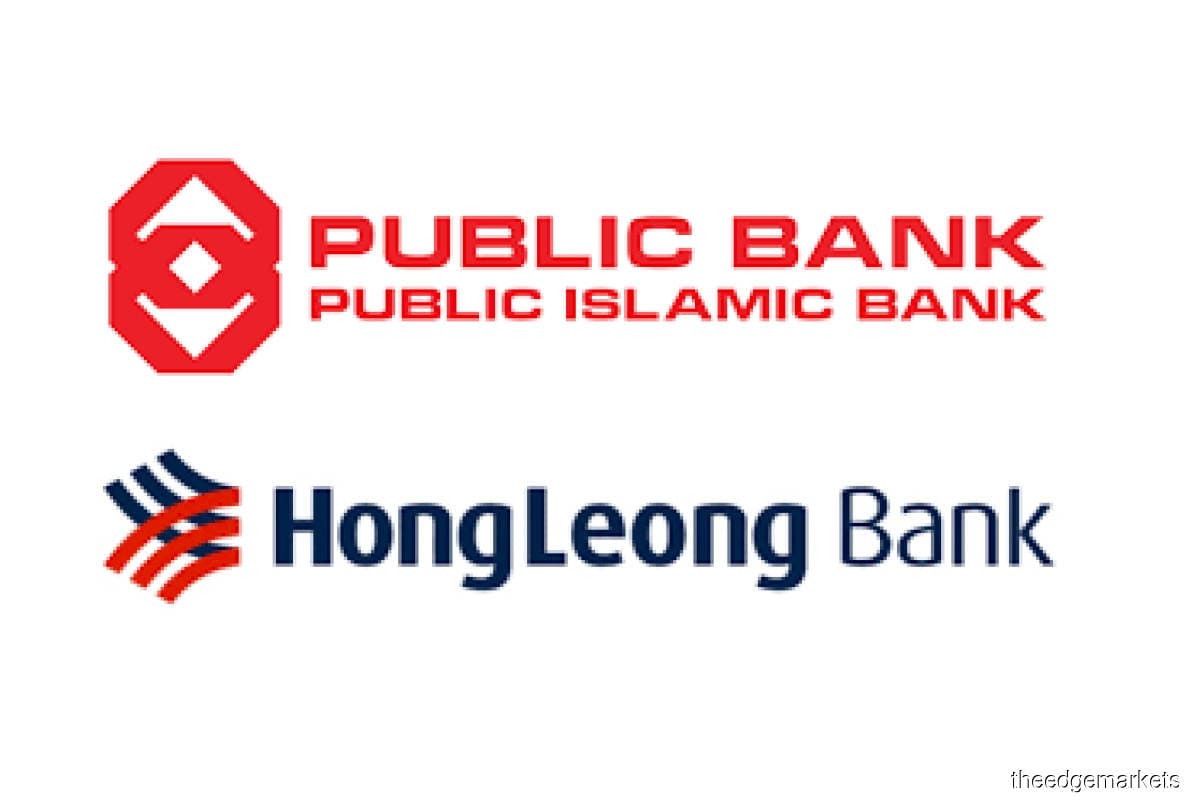
This article first appeared in The Edge Malaysia Weekly on October 26, 2020 - November 1, 2020
INVESTORS are still wary about investing in Malaysian banks despite their attractive valuations given the uncertainties surrounding the sector as a result of the Covid-19 pandemic. Their biggest concern is the expected rise in problem loans once various programmes to help troubled borrowers come to an end.
“We sensed that the main reason why investors have not increased their holdings in banks is their concern over a possible rise in gross impaired loan (GIL) ratio in 1H2021 following the end of the targeted loan moratorium. In our view, the possibility of this happening depends very much on the economic environment at that time,” CGS-CIMB Research says in a recent report, after meeting with fund managers on a banking roadshow it hosted earlier this month.
The research house is one of the few in town that have an “overweight” call on the banking sector. Its positive stance is based on its view that banks’ earnings growth will rebound next year on the back of an expected recovery in economic growth. Most other research houses have a “neutral” stance.
“We think that an economic recovery in 2021 — our economist projects gross domestic product growth of 7.5% — would help to limit any increase in the GIL ratio, as this could lower the unemployment rate and improve business revenue. We project the industry’s GIL ratio to increase from 1.4% at end-August to 1.7% at end-December, and 2% at end-December 2021,” it says in the Oct 20 report.
Kenanga Research, which has a “neutral” call on the sector, believes asset quality will be the key swing factor to earnings in the coming quarters. Hence, it has an investment preference for banks with solid asset quality.
A casual survey of several research houses shows that Public Bank Bhd and Hong Leong Bank Bhd topped the list of banks deemed to be the safest bets amid uncertainties over how the sector’s asset quality will play out.
“Their asset quality track records suggest that the pre-emptive loan provisions required should be lower relative to peers, while the smaller exposure to the corporate space would shield them from chunky loan impairments, [which means] these banks offer investors better earnings predictability and ‘safer’ dividend yields,” says Kenanga Research.
The two banks were also the top two picks of CGS-CIMB Research.
“Among the Malaysian banks, we think that the risk posed by a rise in gross impaired loans would be the smallest for Public Bank and Hong Leong Bank due to their stringent loan approval practices and tight credit control. They also have strong track records in this aspect, as their GIL ratios are consistently among the lowest in the sector,” it says.
Indeed, the GIL ratios of Public Bank and Hong Leong Bank stood at 0.4% and 0.61% respectively as at end-June — the best in the sector.
Although there are some good banking stock picks, investors may not necessarily be in a hurry to acquire them. Bank stocks are trading at multi-year lows — most are below one-time book value — but their returns on equity too are at multi-year lows.
The lenders’ asset quality and the consequent impact on earnings are the key challenge ahead.
“The automatic loan moratorium, targeted loan assistance and various SME lending programmes provide band-aids that mask the true impact of the economic downturn on asset quality while buying banks time to build up loan loss reserves. Potentially, investors may have to wait until 2H2021 before a better picture emerges as to the adequacy of these reserves. Given the delay, this may also keep a lid on dividend payouts,” says Kenanga Research.
In the 2Q2020 financial results season, none of the lenders except for Hong Leong Bank declared an interim dividend as they were still trying to assess the impact of the coronavirus pandemic on their operations. With still little visibility on the impact, analysts believe it is unlikely any of the banks will declare dividends for the upcoming 3Q2020 results.
On a positive note, the value of loan repayments in the banking system has reached 70% of the levels prior to the blanket loan repayment moratorium, which kicked off on April 1 and ended on Sept 30.
And, data suggests that the number of borrowers that have applied for repayment assistance, post-blanket moratorium, is low. According to Bank Negara Malaysia, as at Oct 9, more than 640,000 applications for repayment assistance had been received, with an approval rate of around 98%. Of those approved, 40% were granted an extension of the moratorium while 60% received a reduction in instalment.
“It’s a good start that the number of applications is low. Nevertheless, I think the number could rise over time as banks have until June 30 next year to restructure loans. Where it eventually ends up remains to be seen,” Kenanga Research’s banking analyst David Chong tells The Edge.
Bank Negara Malaysia came out to assure borrowers last Monday that those who declined repayment assistance would still be able to apply for targeted assistance “throughout 2020 and into 2021” if their financial circumstances had changed. It said applications for repayment assistance at any time before June 30, 2021, would not appear on a borrower’s CCRIS (Central Credit Reference Information System) records. In other words, their credit position will not be affected.
Save by subscribing to us for your print and/or digital copy.
P/S: The Edge is also available on Apple's AppStore and Androids' Google Play.